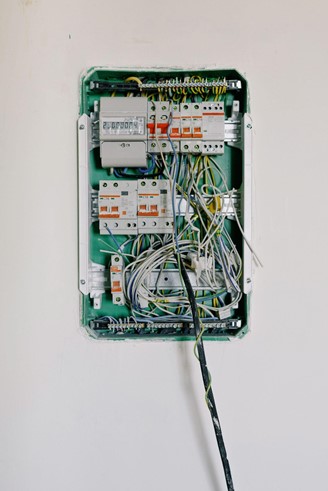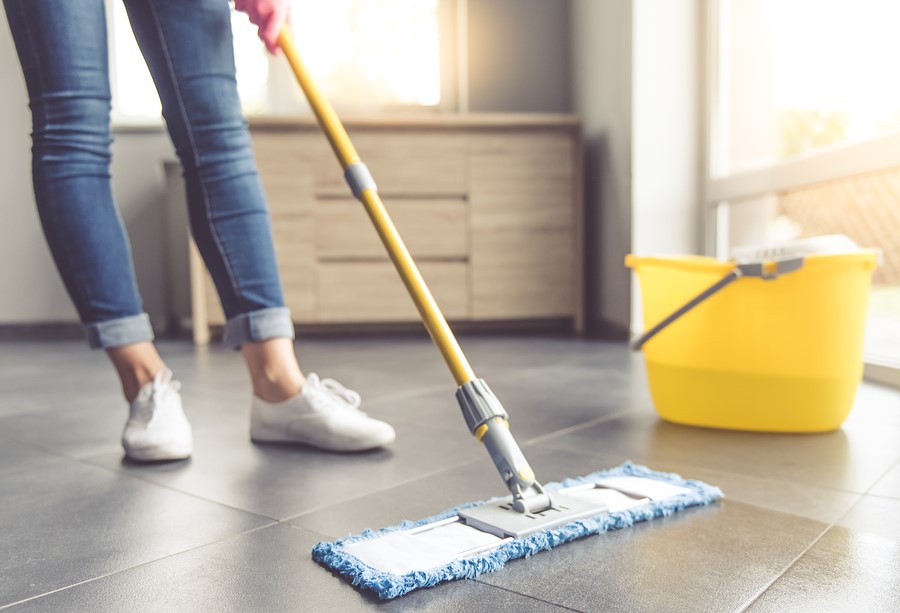Because your home is such an important investment, as well as being somewhere you and your family need to feel safe, you want to do all in your power to preserve it and keep it in good shape. However, it’s not just the things you can see that are wrong that need your attention; most properties, no matter how old they might be or how well looked after they are, will have a multitude of hidden dangers that could be highly problematic once they come into the open. Rather than waiting for anything horrible to happen, here are some of the hidden risks in your house that should be addressed right now.
Mold
If you’ve had water issues in your basement or other locations within your property but haven’t noticed much, if any, mold on the walls, you might be forgiven for believing everything is all right.
However, the problem with mold is that it isn’t always visible. If your nose has begun to pick up musty odors here and there, it’s likely that mold is developing behind walls, under the flooring, and maybe in your ceiling and attic. Even though it’s out of sight, it shouldn’t be out of mind.
Dated Wiring
If you live in an older house, your wiring might be fifty years old or even older. In addition, you may still have outlets in different rooms that are out of date and should be replaced with standard, up-to-date versions. Not only that, but because today’s houses contain considerably more electrical equipment than previous generations, your home’s wiring may not be up to the task.
Even if you’re not sure there is an issue in this regard, call an electrician to check things over and make the required changes where necessary. Working with a professional is always recommended since they have the appropriate tools and knowledge to properly manage any electrical issues that may arise in your house. If you try to do it yourself, you may find that you cause more damage and even put yourself and your family in danger.
Termites
Termites could be doing damage to your property without your knowledge. Termites live in the walls and can be there for many years, going entirely undetected. By the time you realize they’re there, the damage will already have been done.
The best thing to do is to have a termite inspection to assess whether there are termites in your home in the first place. If there are, you can then arrange for them to be removed and the damage fixed before it becomes even worse. If there are none, you can check that you aren’t at risk of them appearing, just in case.
Creosote Deposits
If your house has a fireplace or wood stove that you use on a regular basis throughout the winter, you should pay special attention to what might be accumulating within your home’s chimney or flue. Creosote accumulates within chimneys or flues when you have fires, and although this is quite normal, not noticing and not doing anything about it can be a big problem.
When creosote is allowed to collect, it has the potential to catch fire and burn down your house. Rather than risk losing your home and endangering your family, get your chimney or flue professionally cleaned at least once a year.
Lead Paint
If you live in a house that was painted before the 1980s, there’s a strong possibility that lead is in the paint on your walls—or hiding behind a few layers. Because of its toxicity, lead paint was outlawed in the late 1970s. If you believe it’s present on your walls, you should test for it with a simple test kit available at home improvement stores. Lead removal itself, on the other hand, should be done by a skilled specialist. You could get fined a large sum of money if it’s not removed. You should contact someone with a epa lead paint removal certification to get it done properly. Common DIY chores, such as sanding, can enable lead particles in the air to enter your home, possibly causing significant sickness, so it’s best to remove it if you find it to ensure you are entirely safe.
Lint
If your clothing is taking longer than expected to dry in the tumble dryer or is very hot after a dry cycle, you may have a lint build-up, even if it isn’t apparent in the lint screen. This may not seem like such a big issue but remember that lint is a highly flammable substance. When a dryer is turned on, oxygen flows via the vent and into the machine. Inside the dryer, there is a heating element that could be used as an ignition source. Reduce the risk of fire by removing lint from the lint screen after each load and having the dryer vent pipe cleaned once a year.





One Comment
Zachary Tomlinson
I find it alarming that mold exposure could cause health diseases and they could be found hiding behind your sofa or your attic. My friend decided that he was thinking of investing in his uncle’s old property as his new summer home. I’ll probably share this information with him so he’d consider having the home checked for molds as a precaution.